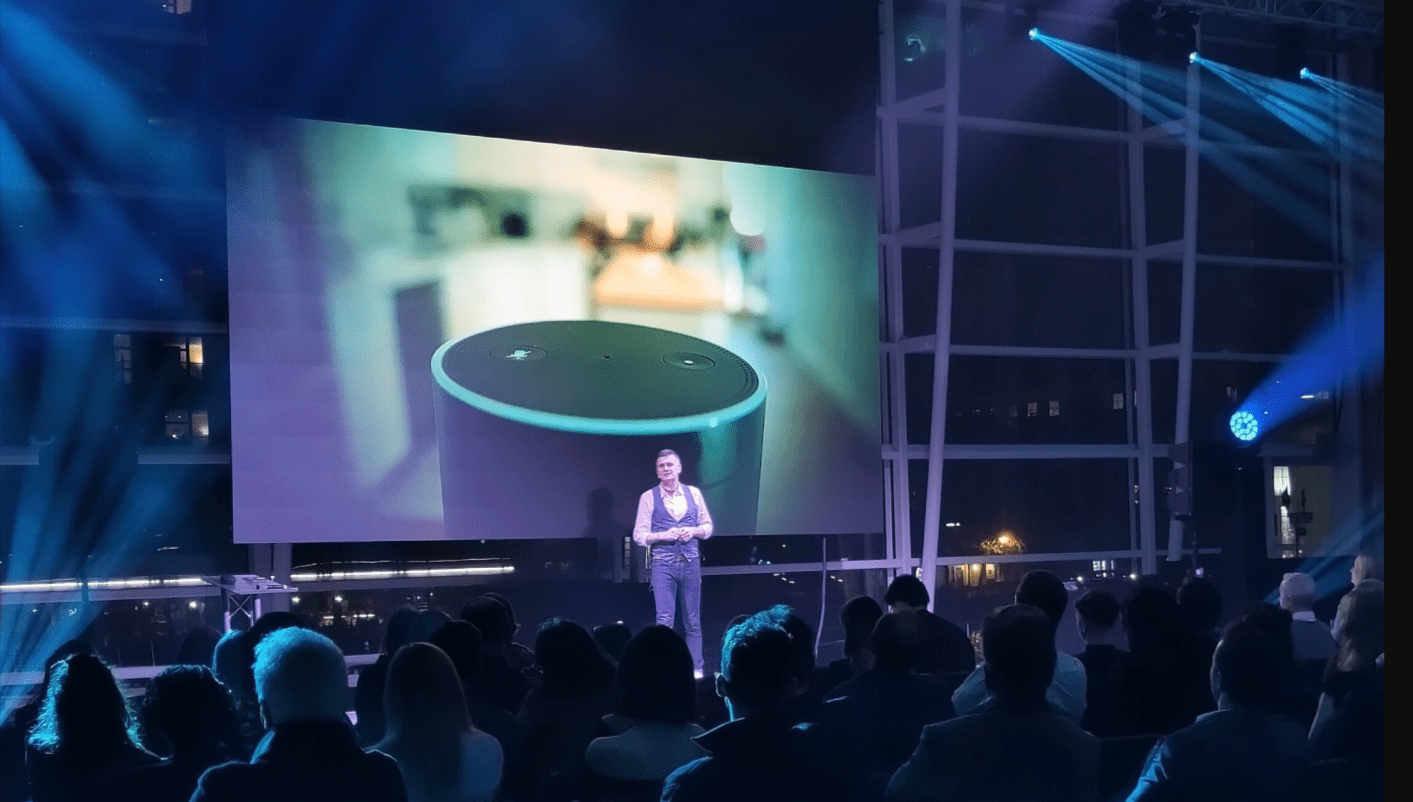Launching a new product is a big moment for any business. It’s more than just showing off a new offering—it’s an opportunity to build excitement, connect with clients and partners, and reinforce your brand’s presence in the market.
A well-executed product launch event can create buzz, drive future sales, and strengthen business relationships. Whether you’re introducing a physical product, software solution, or service, careful planning ensures the event runs smoothly and leaves a lasting impression.
Set a Clear Purpose and Goal
Before diving into logistics, get clear on the purpose of your product launch. Is it to educate your audience, generate media coverage, impress potential partners, or celebrate your internal team’s hard work? Once you know the goal, you can build the event around that objective.
It also helps to define what success looks like. Is it the number of leads captured, positive feedback received, social media engagement, or press mentions? Setting clear goals helps you measure your event’s impact afterwards.
Know Your Audience
Understanding who you’re inviting helps shape every detail of the event. Clients may appreciate a professional, well-structured presentation followed by networking, while partners might prefer a more casual setting to build rapport.
Think about the demographics, interests, and expectations of your audience. This will guide choices such as the venue, catering style, entertainment, and even the length of the event.
Choose the Right Venue
The venue sets the tone for your launch. If you’re planning a smaller, more intimate event, consider hosting it at your office or a co-working space with a modern design. For larger launches, a function room, hotel event space, or a trendy urban venue could be a better fit.
Make sure the venue is easy to find, has good parking or public transport access, and provides the technical equipment needed for presentations, product displays, or demonstrations.
Timing is Everything
Schedule your product launch at a time that works best for your target audience. Mid-week mornings or early evenings are usually good for corporate events, allowing guests to attend without disrupting their entire day.
Also, consider the timing in relation to your marketing schedule. Launching too close to holidays, long weekends, or industry events could affect attendance or media coverage.
Plan a Clear Agenda
Your product launch should follow a well-organised timeline. A typical agenda might include arrival and registration, a welcome speech, the product reveal or demo, networking, and refreshments.
Keep presentations brief and engaging. Focus on how the product solves real problems and why it matters to the audience. Include a demonstration if possible—seeing is believing.
Leave enough time for guests to mingle, ask questions, and interact with your team. This is where relationships are built and impressions are formed.
Don’t Overlook Catering
Food plays a surprisingly important role in event planning. Providing high-quality office catering helps set a positive tone and keeps guests satisfied throughout the event. It can also help manage the flow of the event and encourage networking in a more relaxed setting.
Consider the style of catering that best fits your format. For standing events, finger food or grazing tables are ideal. For seated functions, a plated meal or buffet might work better. Make sure you include options for different dietary needs, such as vegetarian, vegan, gluten-free, or allergy-friendly choices.
Well-presented food not only tastes good but also adds to the visual appeal of the event. Work with a catering provider experienced in corporate functions to ensure the menu complements the tone of the launch.
Engage Your Guests
Make your launch event interactive to keep guests engaged. Allow people to try the product, ask questions, and give feedback. This could include hands-on demos, product samples, or even live testing depending on what you’re offering.
Consider hiring a professional MC to keep things flowing smoothly or using a charismatic team member to present. Visuals, videos, and live demos often have more impact than slides filled with text.
Add Branding and Personal Touches
From signage to presentation slides and even napkins or packaging, every touchpoint at your event is an opportunity to reinforce your brand. Use your brand colours, fonts, and tone consistently throughout the event.
Gifts or takeaway items that feature your logo and product name can help keep your launch memorable. It could be as simple as a branded notepad or as creative as a mini product prototype.
Follow Up After the Event
Your job isn’t done when the event ends. Follow up with attendees to thank them for coming, provide more information, or invite them to book a demo or meeting. A personalised follow-up shows professionalism and helps convert interest into action.
Share highlights from the event on social media or your website. Photos, quotes, and short videos from the launch can generate additional buzz and reach those who couldn’t attend.
Whether big or small, in your office or at a venue, a product launch done right can help build connections, generate excitement, and pave the way for long-term success.
